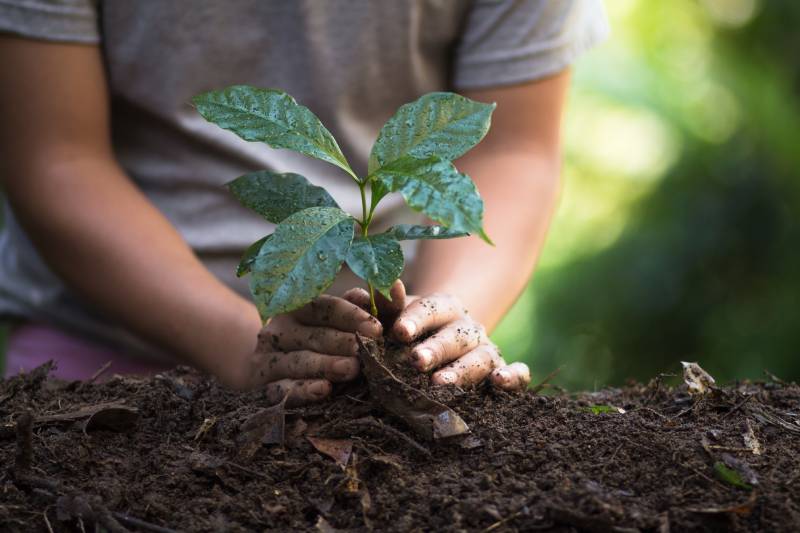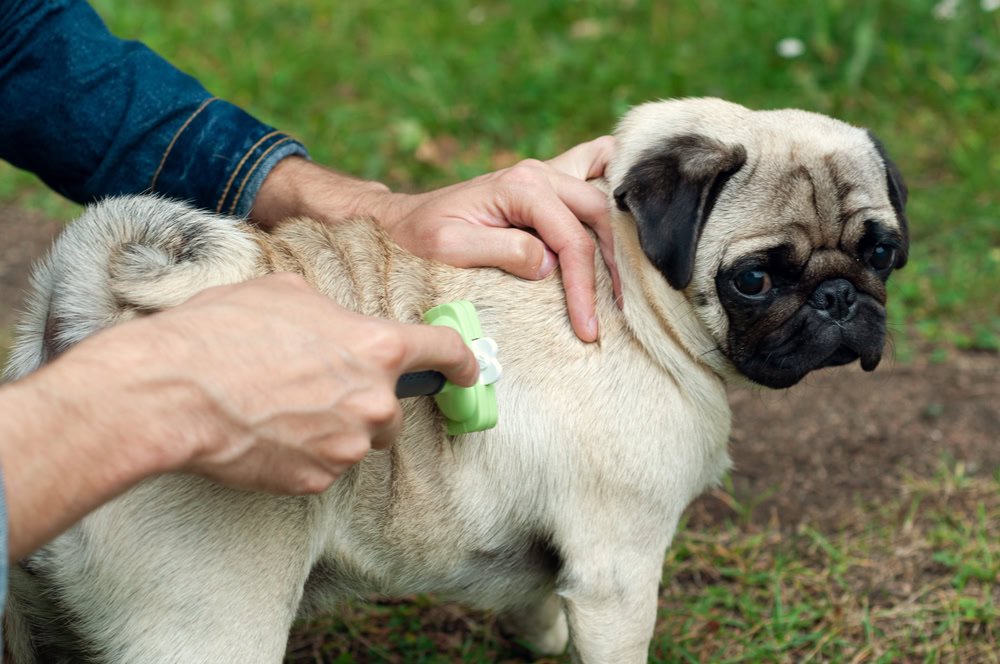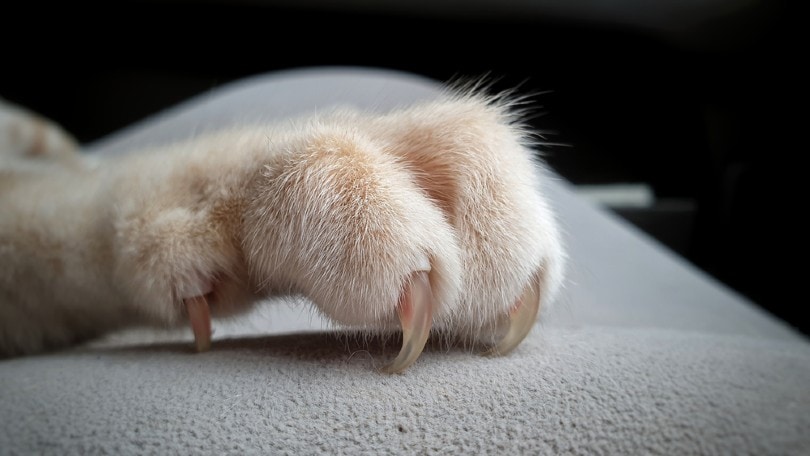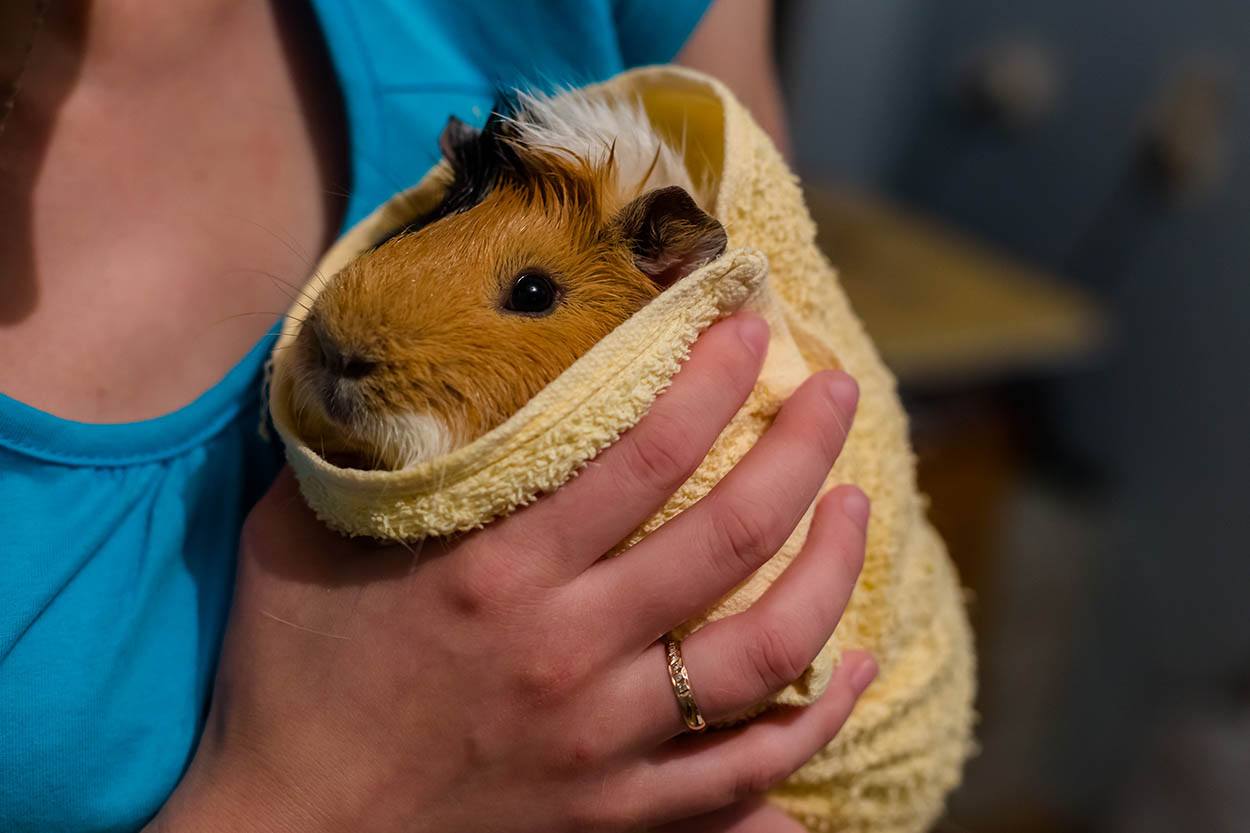VET APPROVED

The information is current and up-to-date in accordance with the latest veterinarian research.
Learn more »Click to Skip Ahead
As cat owners, we always want to ensure that our homes are safe for our feline friends. One common concern is whether certain plants, like coffee plants, are toxic to cats.
First, we must differentiate two plants with similar names: the coffee tree (Polyscias guilfoylei), also known as wild coffee or geranium-leaf aralia; and the Coffea arabica, used for making coffee.
In this article, we explore the potential dangers of coffee plants for cats and provide information on how to keep your pet safe from toxic plants.

Coffee Plants and Cats: Understanding the Risks
According to the ASPCA, coffee trees are indeed toxic to cats.1 They contain saponins, which are compounds that can cause irritation to a cat’s skin and digestive system. The name of this popular potted plant can easily confuse those who aren’t familiar with botany and gardening, as it causes an instant association with coffee beans. However, those are from a different plant, called Coffea arabica. Caffeine is a stimulant found in these coffee plants, particularly in the beans and leaves. It’s toxic to cats, and ingesting even small amounts of caffeine can lead to serious health issues.2
Similarly, if a cat comes in contact with the coffee tree, or Polyscias guilfoylei, by chewing the leaves or other parts, they may experience contact dermatitis, oral irritation, and drooling. If they ingest any part of it, they will exhibit signs of reduced appetite, vomiting, diarrhea, and abdominal pain, among others.
For the rest of this article, we will be investigating the actual coffee plant, Coffea arabica, as the side effects on felines can be more concerning.
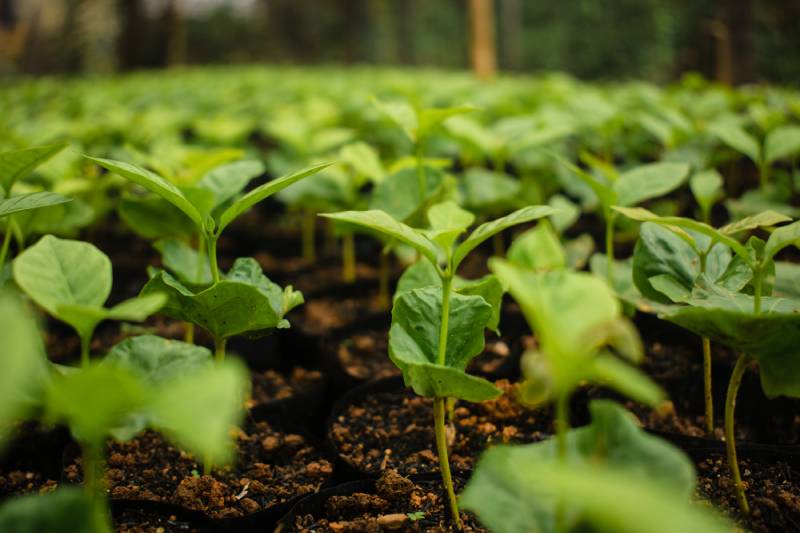
Signs of Caffeine Toxicity in Cats
If your cat ingests parts of a coffee plant or consumes coffee grounds, beans, or supplements or even tea bags, they will exhibit various signs of toxicity, depending on the amount ingested.
- Hyperactivity
- Rapid breathing
- Tremors
- Vomiting
- Diarrhea
- Increased and abnormal heart rate
- High blood pressure
- Reduced body temperature
- Collapse
In severe cases, caffeine toxicity can lead to seizures, coma, or even death.
Seek Immediate Veterinary Assistance
If you suspect your cat has ingested part of a coffee plant, actual ground coffee, tea bags, or other products containing caffeine or if they are showing signs of caffeine toxicity, contact your veterinarian or an emergency animal clinic immediately. Early intervention is critical in minimizing the risk of severe complications.
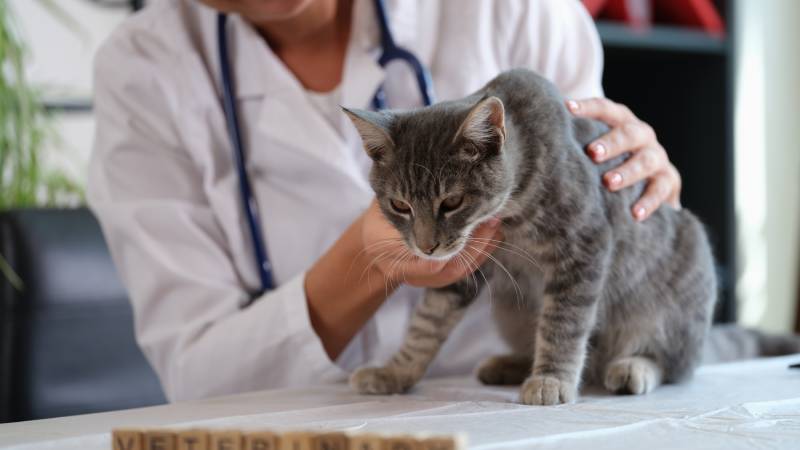
Never Induce Vomiting at Home
Your veterinarian is the only person who is trained to safely induce vomiting in your cat in order to help remove any remaining parts of the plant or actual coffee from your pet’s stomach. Never attempt to induce vomiting at home, as it can cause further harm.

Veterinary Treatment
1. Induction of Vomiting and Activated Charcoal Administration
Your veterinarian may administer medication to try to induce vomiting in your cat if the ingestion is significant and recent, though its success rate is much lower than that of dogs. Afterward, your vet may give your cat activated charcoal, which can help absorb any remaining caffeine from the gastrointestinal tract and reduce its absorption into the bloodstream. This can help minimize the severity of signs and speed up recovery.
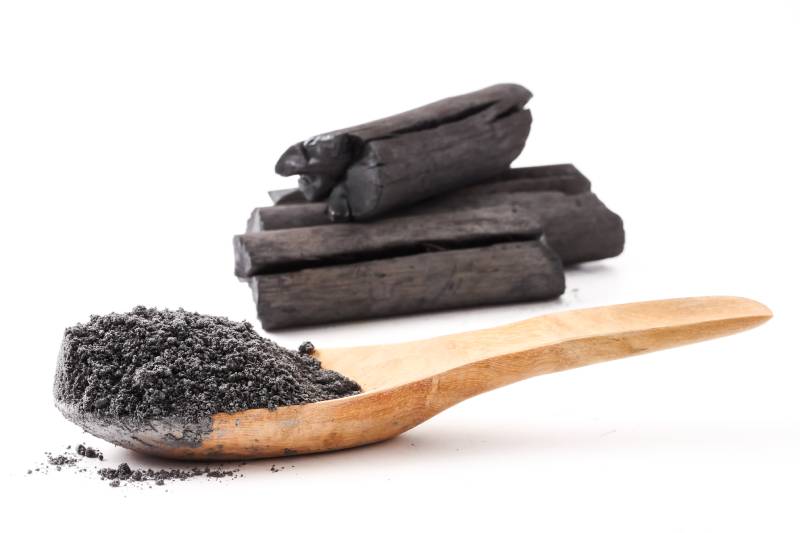
2. Intravenous Fluid Therapy
Intravenous (IV) fluid therapy is often used to treat cats with plant toxicity. IV fluids help to flush the toxins out of the system more quickly, maintain hydration, and support kidney function.
3. Symptomatic Treatment
Depending on the severity of your cat’s signs, your veterinarian may provide additional treatments to address specific issues. These may include medications to manage seizures, control heart rate, or alleviate nausea and gastrointestinal distress.
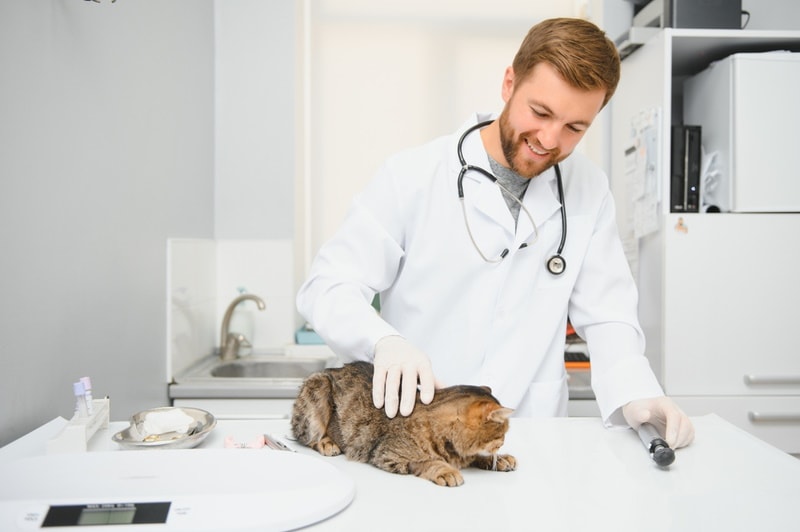
4. Monitoring and Supportive Care
Your veterinarian will closely monitor your cat throughout the treatment process, checking vital signs and ensuring that their signs are being managed effectively. Supportive care, such as providing a quiet and comfortable environment, can help your cat recover more comfortably.

Recovery and Aftercare
Once your cat has been treated and is stable, your veterinarian may recommend continued monitoring at home. Keep a close eye on your cat’s behavior, appetite, and overall health, and report any concerning changes to your veterinarian.
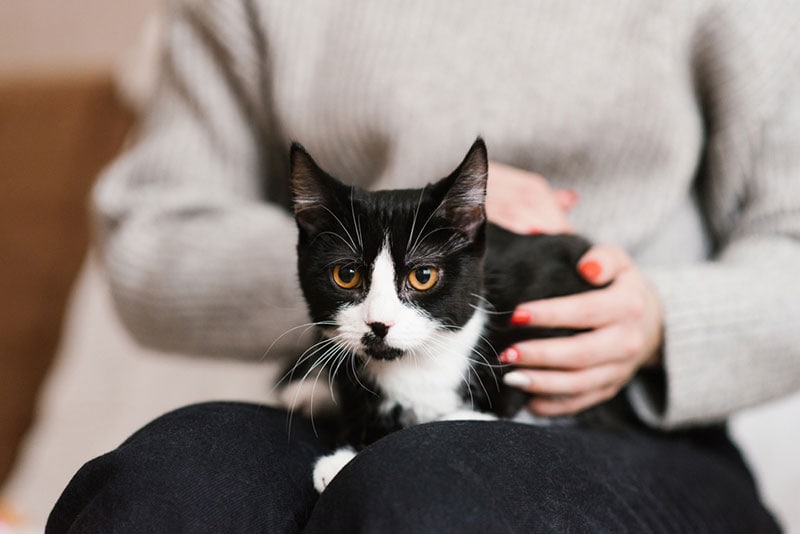

Keeping Your Cat Safe From Toxic Plants
Create a Cat-Friendly Environment
To protect your cat from potentially toxic plants, it’s essential to create a cat-friendly environment by only having non-toxic plants in your home. If you’re unsure about a specific plant’s safety, consult with your veterinarian or check resources like the ASPCA’s list of toxic and non-toxic plants.
Prevent Access to Coffee Plants and Products
If you have a coffee plant at home or store coffee grounds and beans, make sure they are out of reach of your cat. Store coffee products in closed containers in cabinets or pantries. Keep the plant in a room where your cat absolutely cannot access it.
As for other plants, it’s recommended not to keep incredibly toxic ones at all, such as lilies. Cats are amazing at finding ways around safety measures and closed doors.
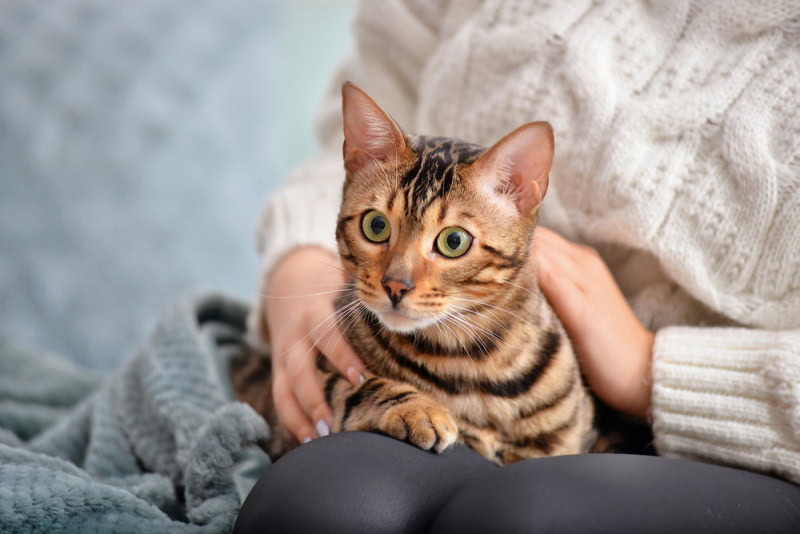
Safe Houseplant Alternatives
1. Spider Plant (Chlorophytum comosum)
The spider plant is an excellent choice for cat owners, as it is both non-toxic and easy to care for. This popular houseplant features long, arching leaves with green and white stripes, giving it an attractive appearance. Spider plants are also known for their air-purifying qualities, making them healthy additions to your home.
2. Boston Fern (Nephrolepis exaltata)
Boston ferns are safe options for households with cats. These lush, green plants have delicate, feathery fronds that can add a touch of elegance to any room. Boston ferns thrive in indirect light and high humidity, making them perfect for bathrooms or other areas with similar conditions.
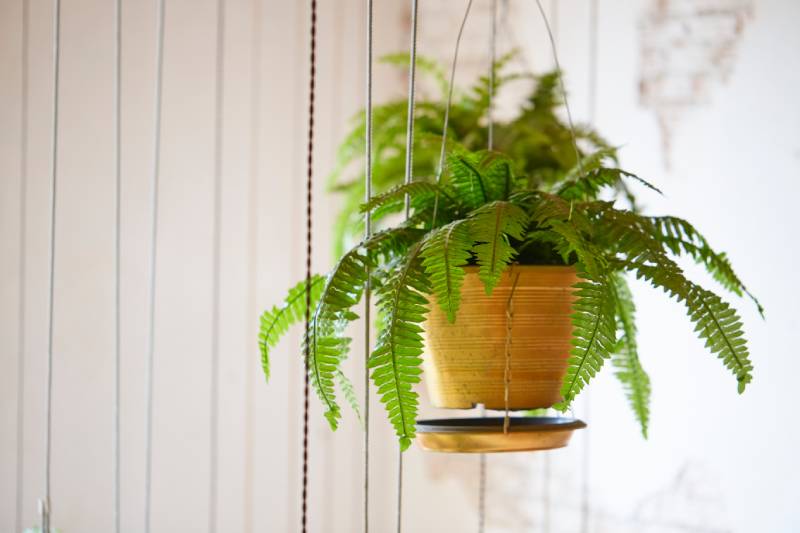
3. Areca Palm (Dypsis lutescens)
If you’re looking for a large cat-safe plant, the areca palm may be the ideal choice. This attractive palm has graceful, arching fronds and can grow up to 6 feet tall indoors. Areca palms prefer bright, indirect light and regular watering, making them relatively low maintenance.
4. Catnip (Nepeta cataria)
Catnip is not only a safe plant for cats but is also one that many felines find irresistible. This perennial herb is a member of the mint family and can be grown both indoors and outdoors. Cats are often attracted to the scent of catnip and may enjoy rubbing against or chewing on the plant. However, it’s essential to monitor your pet’s interaction with catnip, as excessive consumption can lead to mild digestive upset.
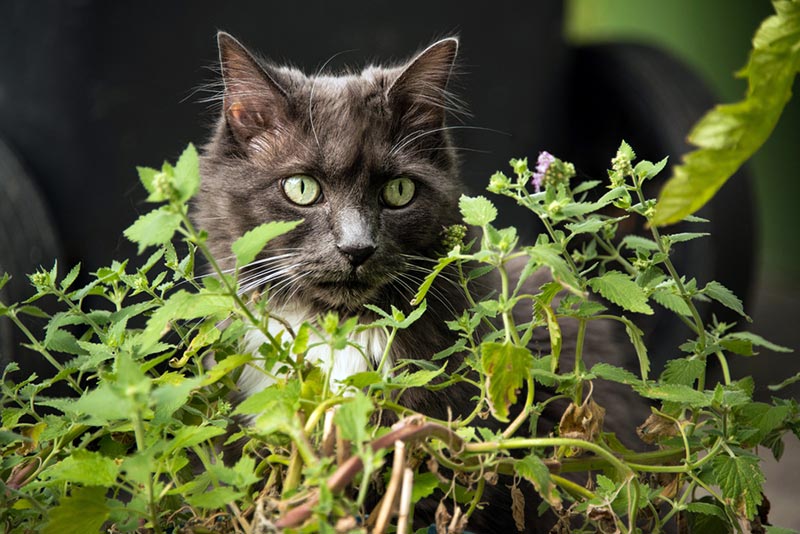
5. Cat Grass (Avena sativa)
Cat grass is another excellent option for cat owners, as it provides a safe and healthy outlet for your cat’s natural instinct to chew on plants. Cat grass is typically a mix of oat, wheat, barley, or rye seeds that can be easily grown indoors. Providing your pet with a pot of cat grass can help deter them from chewing on potentially harmful plants.

Toxic Plants for Pets
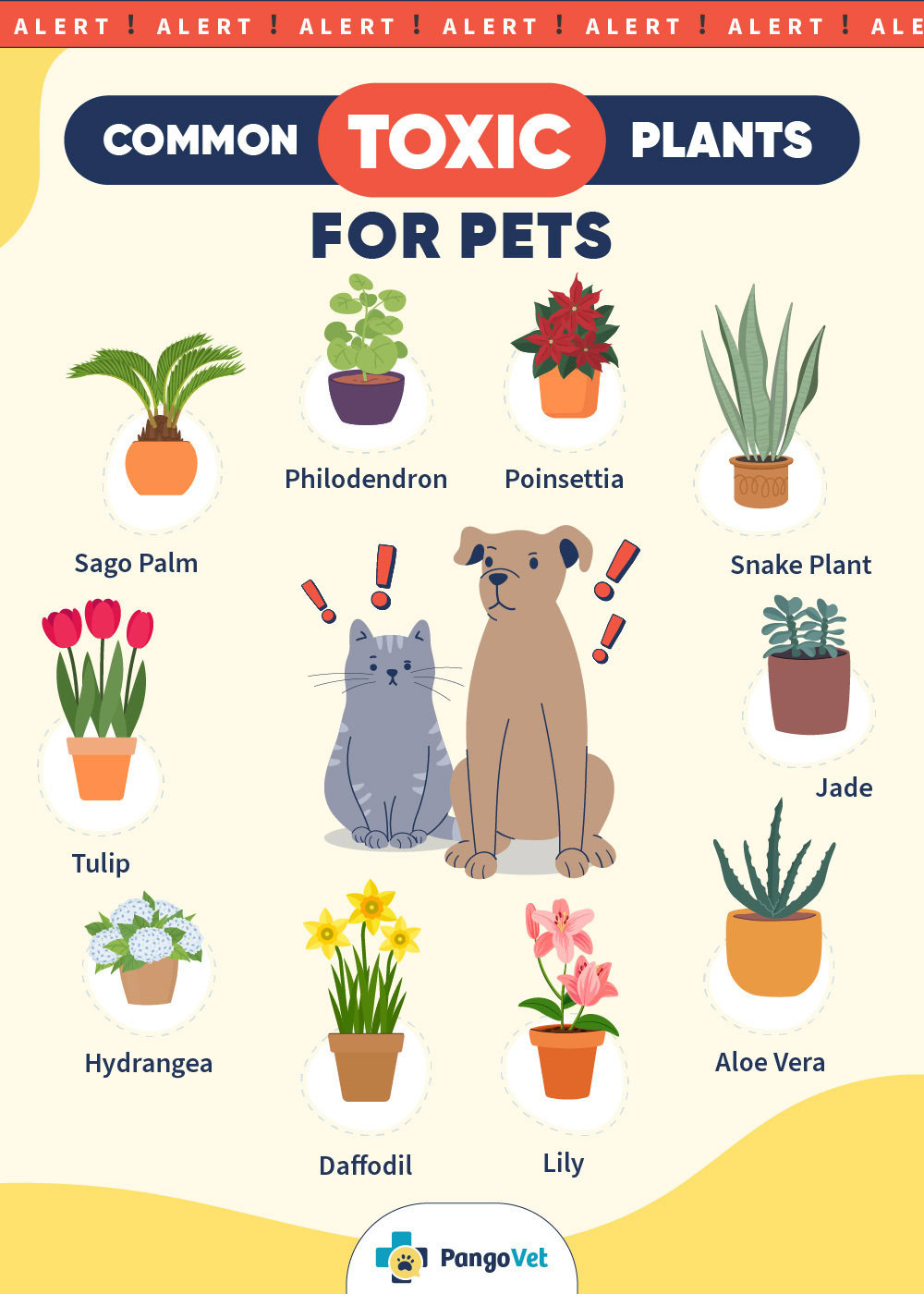

Conclusion
Coffee trees, coffee plants, and caffeine-containing products are considered toxic to cats, posing serious health risks if ingested in large amounts. To keep your pet safe, ensure that your home environment is free of toxic plants and store coffee products out of reach. By taking these precautions, you can help protect your feline friend’s health and well-being.
Featured Image Credit: RachenArt, Shutterstock
